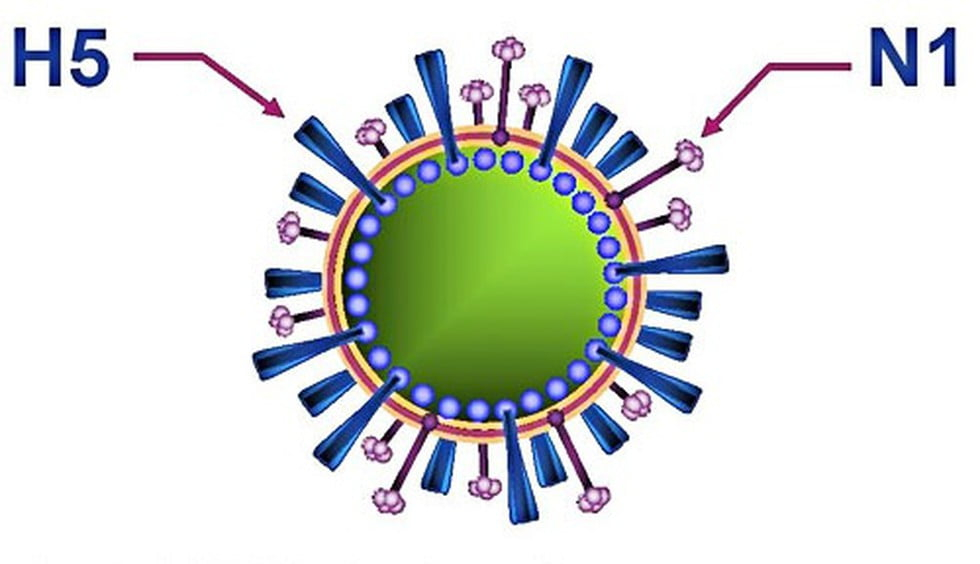Avian Influenza
(Ministry of Fisheries, Animal Husbandry & Dairying)
Avian Influenza (AI) viruses have been circulating worldwide for centuries with four known major outbreaks recorded in the last century. India notified the first outbreak of avian influenza in 2006. Infection in humans is not yet reported in India though the disease is zoonotic. There is no direct evidence that AI viruses can be transmitted to humans via the consumption of contaminated poultry products. Implementing management practices that incorporate bio security principles, personal hygiene, and cleaning and disinfection protocols, as well as cooking and processing standards, are effective means of controlling the spread of the AI viruses.
About Avian Influenza (Bird Flue)
- Bird flu is an infection caused by avian influenza viruses, which are of different types A, B and C.
- Type A avian influenza viruses are the most frequently associated with avian influenza epidemics and pandemics..
- Avian influenza (AI) is a highly contagious viral disease affecting several species of food-producing birds (chickens, turkeys, quails, guinea fowl, etc.), as well as pet birds and wild birds.
- Occasionally mammals, including humans, may contract avian influenza.
Influenza A viruses are classified into subtypes based on two surface proteins, Hemagglutinin (HA) and Neuraminidase (NA). For example, a virus that has an HA 7 protein and NA 9 protein is designated as subtype H7N9.
Avian influenza virus subtypes include A(H5N1), A(H7N9), and A(H9N2).
HPAI A(H5N1) virus occurs mainly in birds and is highly contagious among them.
HPAI Asian H5N1 is especially deadly for poultry.

Avian Influenza outbreaks can lead to devastating consequences for the country, particularly the poultry industry.
Farmers might experience a high level of mortality in their flocks, with rates often around 50%.
The first outbreak of human infection by avian influenza viruses (H5N1) was observed in 1997 in Hong Kong. Since then a large number of outbreaks have been reported in different parts of the world.
Action Plan for Prevention, Control & Containment of Avian Influenza:
- Department of Animal Husbandry and Dairying (DAHD) had prepared an action plan in 2005 which was revised in 2006, 2012 , 2015 and 2021 for guidance of State Government for prevention, control and containment of Avian Influenza in India. The action plan calls for:
- Strengthening the biosecurity of poultry farms, disinfection of affected areas, proper disposal of dead birds/carcasses
- Timely collection and submission of samples for confirmation and further surveillance
- Intensification of surveillance plan as well as the general guidelines for prevention of disease spread from affected birds to poultry and humans.
- Coordination with the forest department for reporting any unusual mortality of birds was also suggested to the States.
- To keep a vigil on any unusual mortality amongst birds and to report immediately to take necessary measures.
Recent News….
The H5N8 strain
- The presence of the H5N8 subtype of the Influenza A virus was reported in ducks in parts of Kerala.
- While it can prove lethal for birds, the H5N8 strain of avian influenza has a lower likelihood of spreading to humans compared to H5N1.
- While the source of infection is yet to be pinpointed, the role of migratory birds in passing on the virus is suspected.

